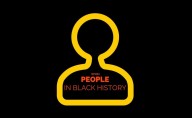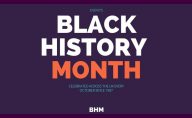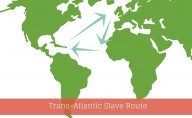About Bussa
Bussa, (also recorded as Bussa, or Busso or Bussoe) was born in Africa but captured and brought to the island of Barbados to work as a slave on Bayleys Plantation in the southern parish of St Philip. (Today, the plantation’s ‘Great House’ is still standing and become the residence and recording studio of international musician Eddy Grant) His birth date remains unknown, however it is thought that he arrived in Barbados as an adult.
On the plantation Bussa worked as a domestic slave, a head-ranger at Bayleys and did not experience the intense hardships that the field slaves endured. Domestic slaves generally considered themselves above the field slaves and some even exposed plans of slave rebellions to their ‘masters’ in order to gain favour. Bussa however, despite his ‘privileged’ position, helped to plan for months in advance.
The slaves rebellions were born out of a strong desire to overthrow the oppressive white plantocracy and claim their freedom. It is said that plans for the rebellion began after the House of Assembly’s rejection of the Imperial Registry Bill in November 1815.
On the night of Good Friday, April 12, 1816, the final preparations were made for the rebellion. At this meeting, it was decided that a mulatto slave Washington Francklyn was intended to become the Governor of the island. On the night of Good Friday, April 12, 1816, the final preparations were made for the rebellion. At this special meeting, it was decided that a mulatto slave Washington Francklyn was supposed to become the Governor of the island.
On the morning of Sunday April 14, 1816 Bussa led around 400 slaves Several cane fields were set afire and from Bayley’s Plantation in St Philip the insurrection quickly spread to Christ Church, St George, St Thomas, St Lucy and St Thomas.
The white plantation owners were totally caught off guard. The slaves fought valiantly against the troops of the First West India regiment and it was reported The rebellion spread from plantation to plantation until about half of the island was caught up in the insurrection. It took four days for the authorities to regain control. Bussa was killed in battle, and the ringleaders were executed.
Although the rebellion ultimately failed, it was never forgotten. In 1985 more than a century later, the Emancipation Statue was erected at the roundabout in Haggatt Hall, St Michael. In 1999, Bussa was named as one of the national heroes of Barbados. and there is also a national holiday ‘Emancipation Day’, which celebrates the emancipation of the slaves.
Find out more about people in Barbados History.
Grantly Adams Errol Barrow Sarah Ann Gill Samuel Jackman Prescod



